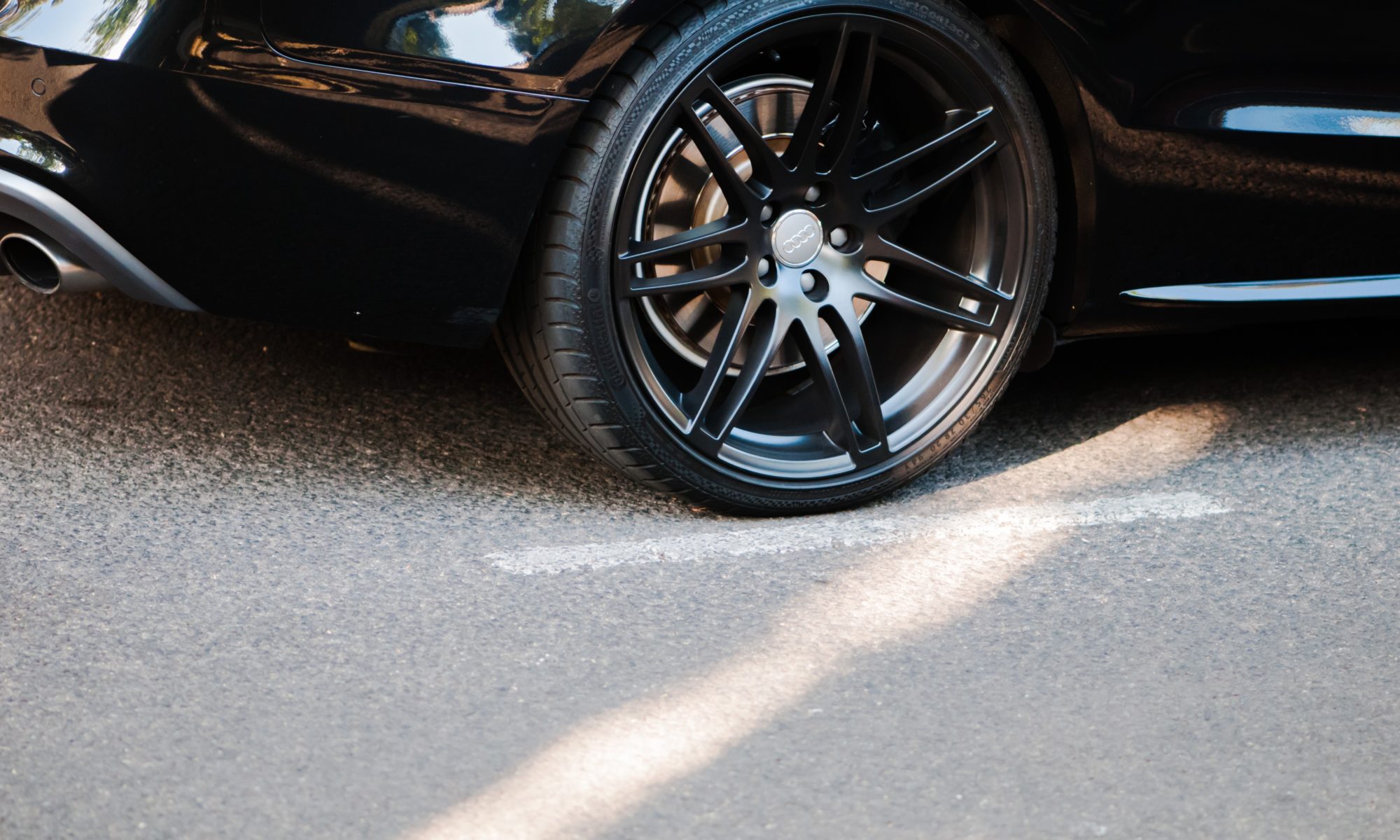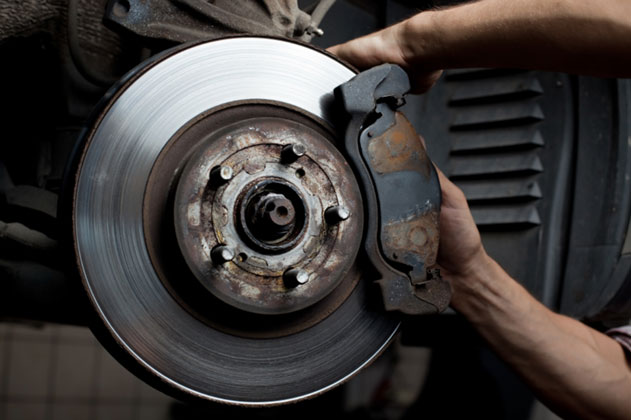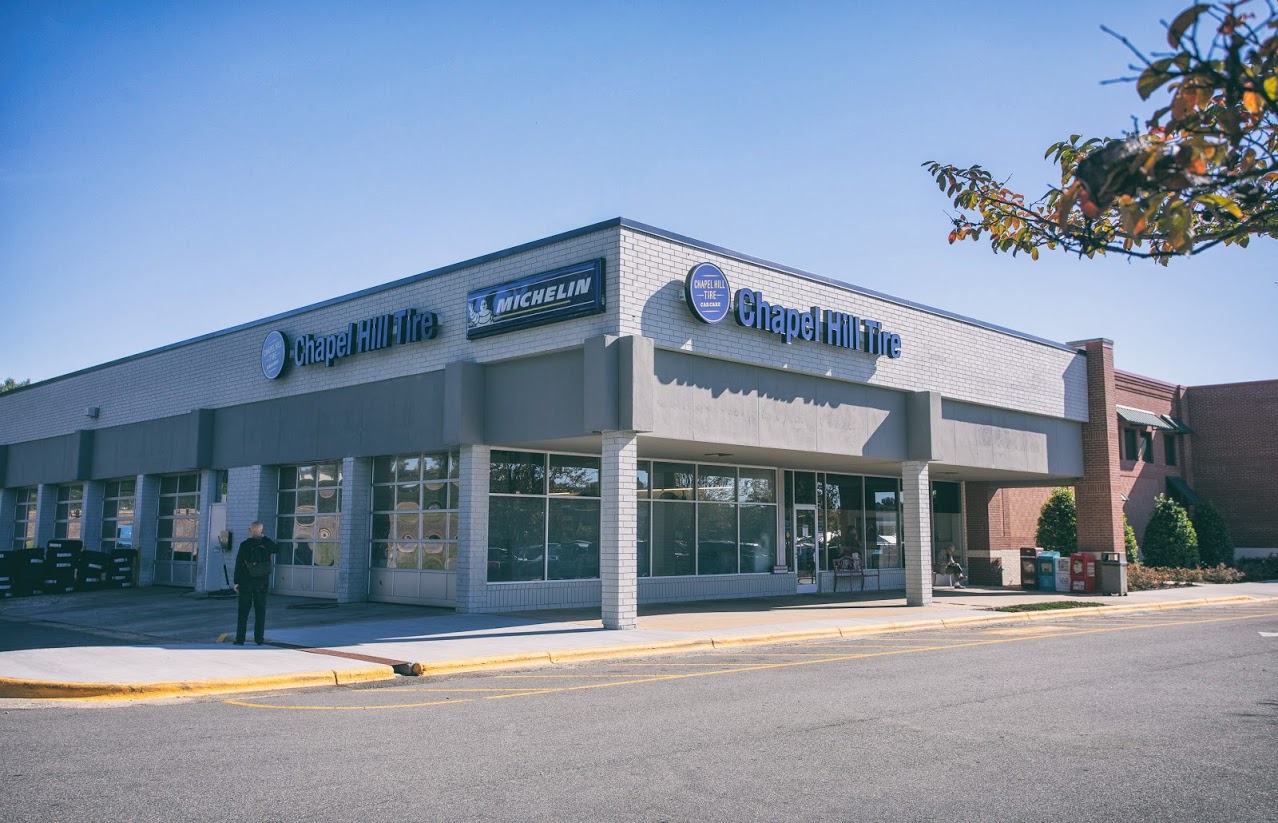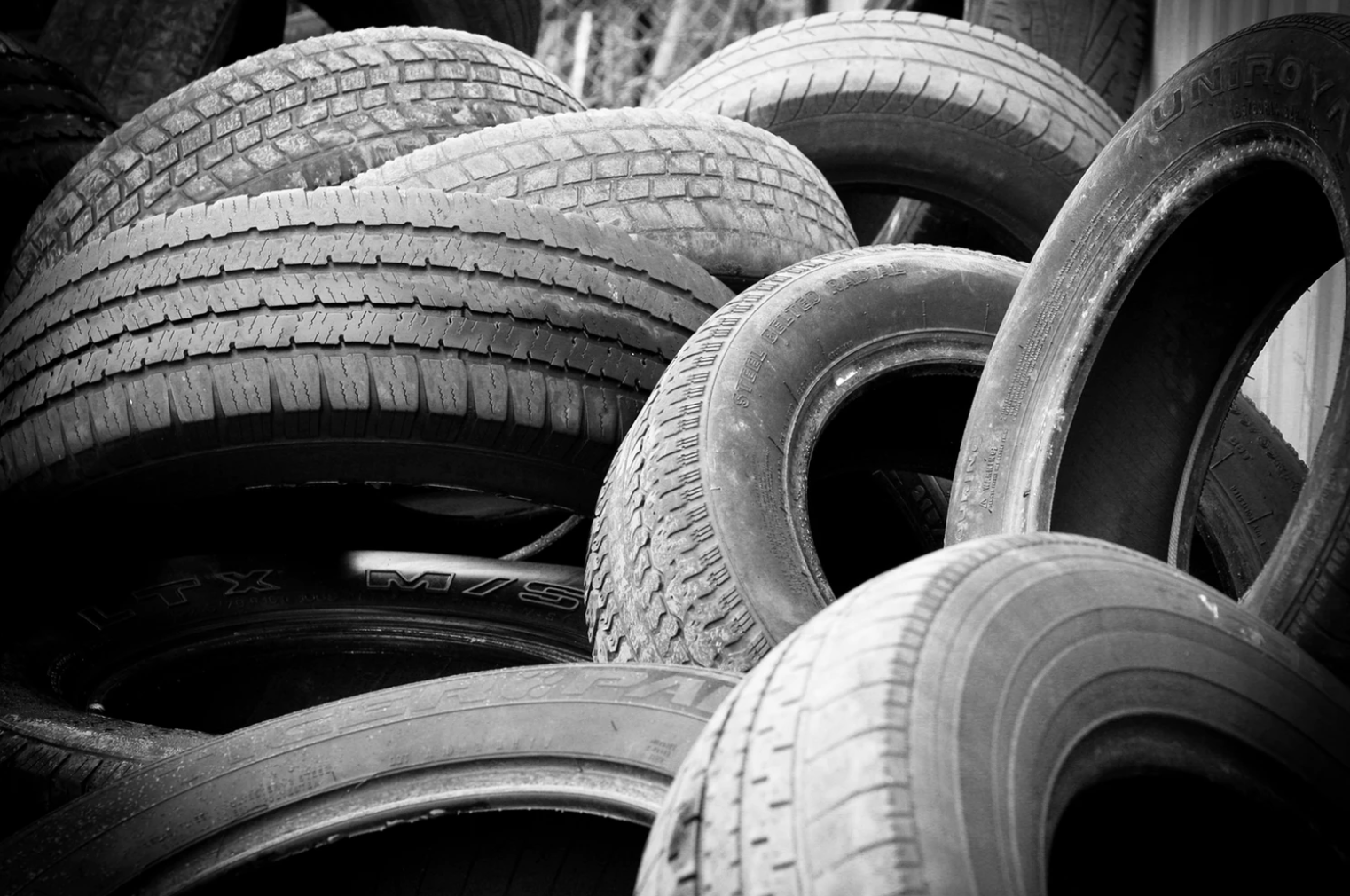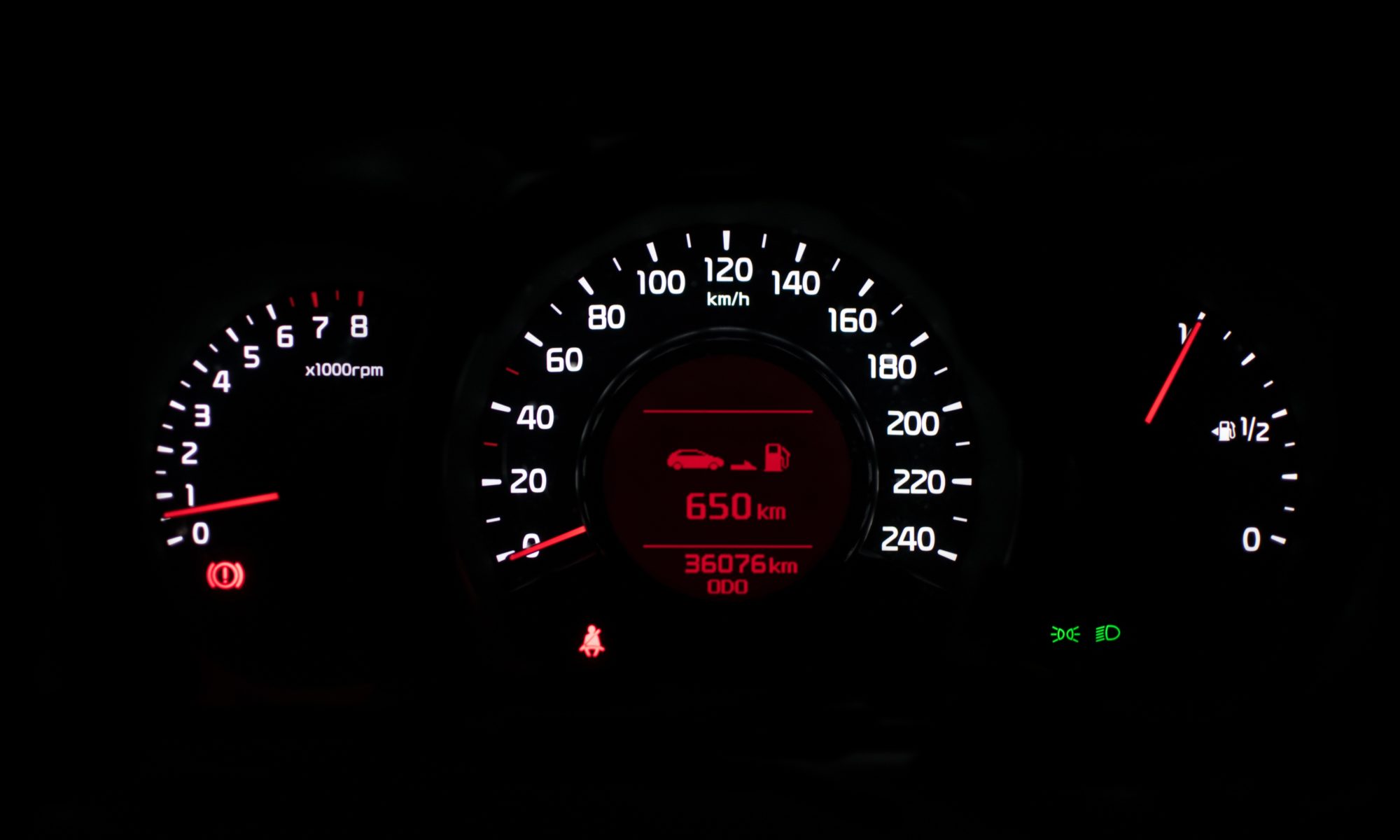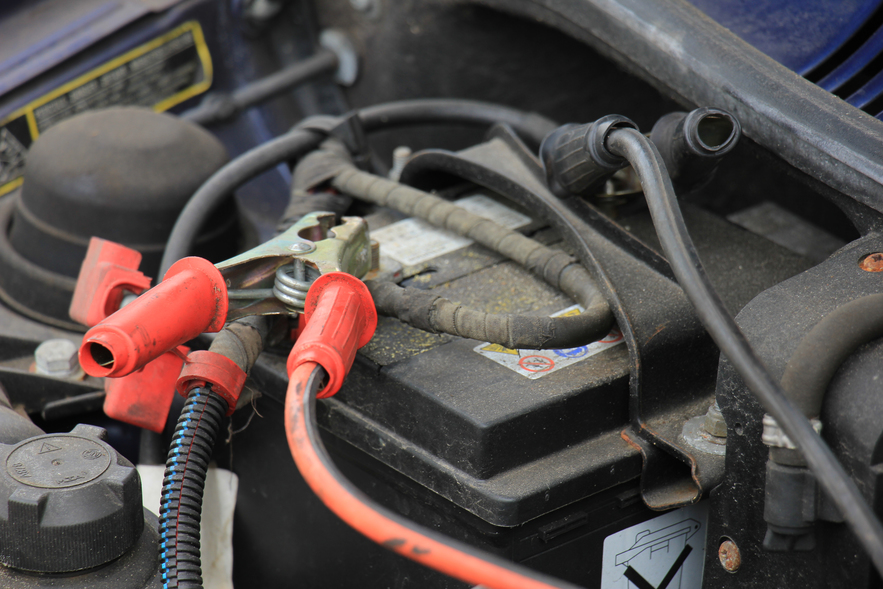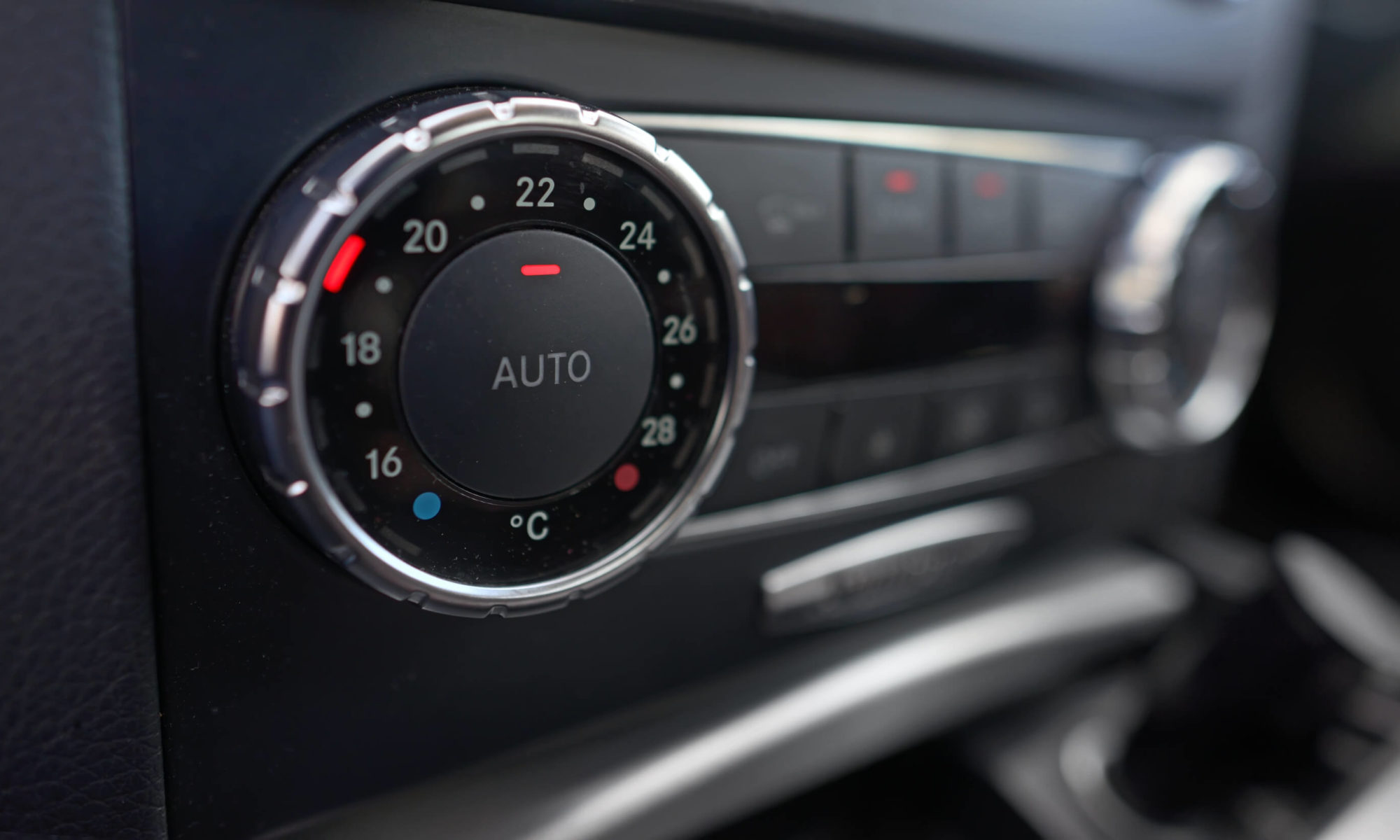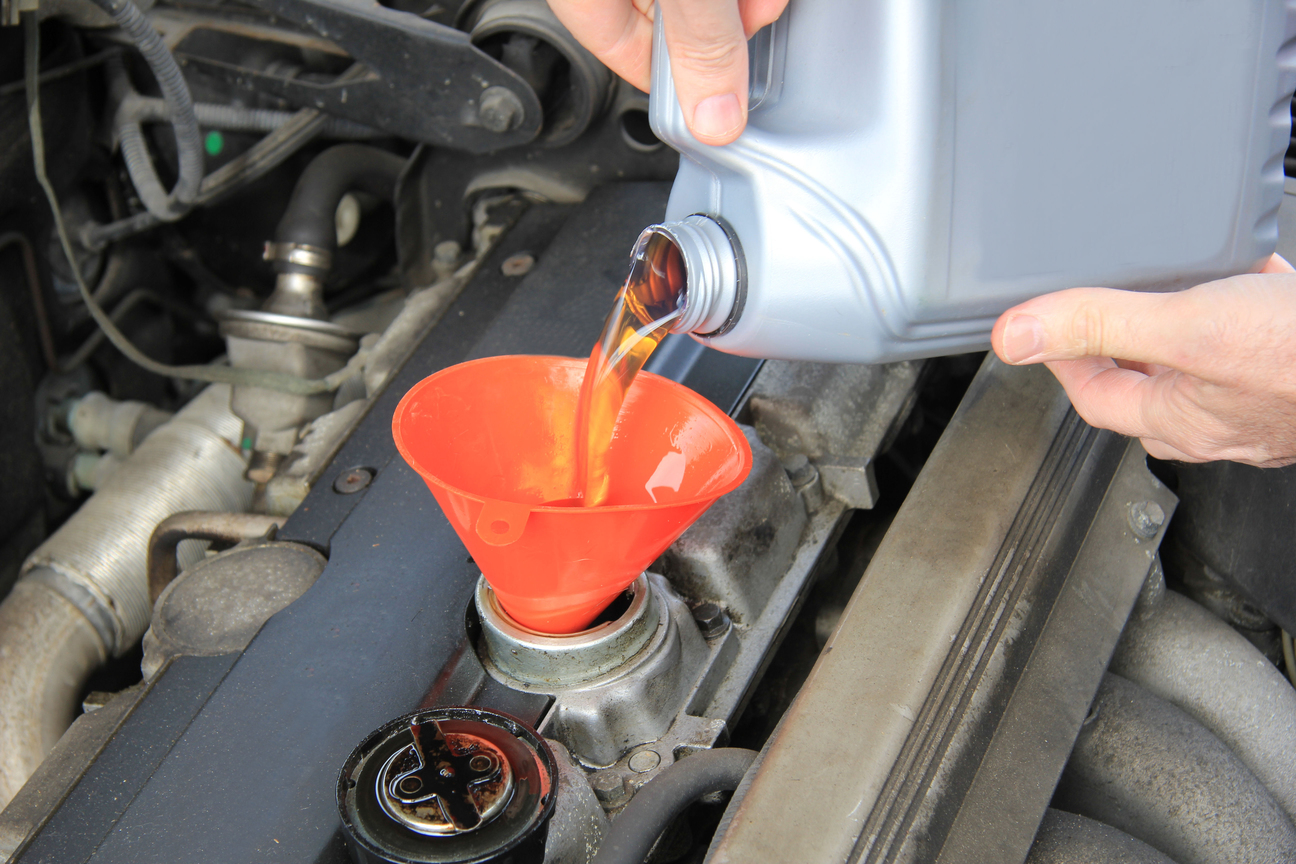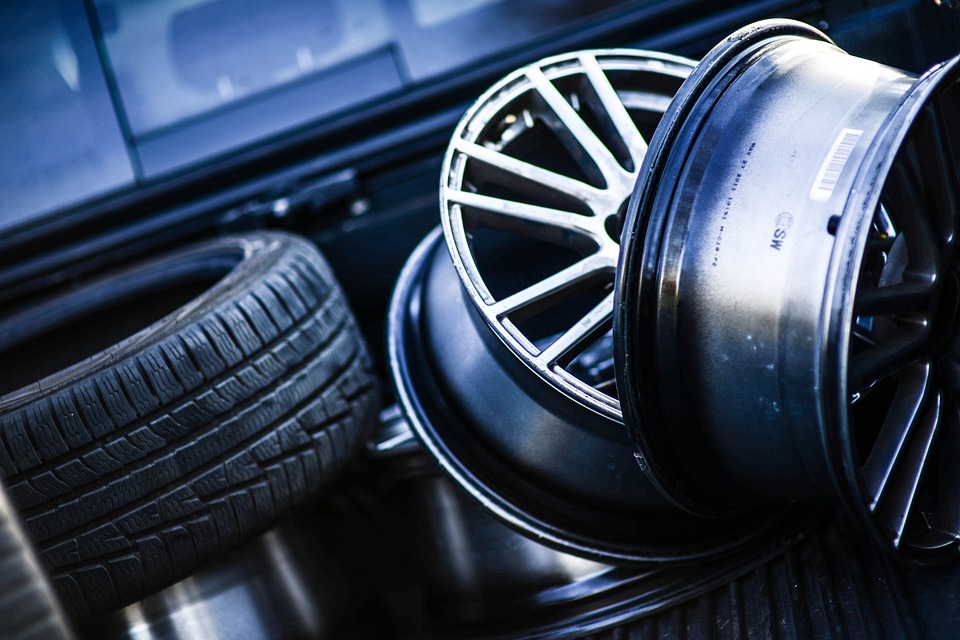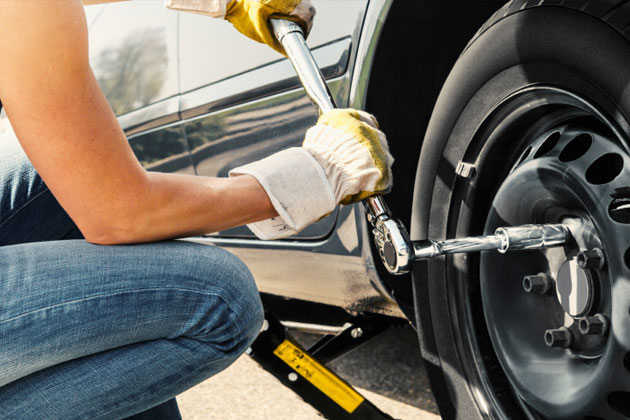Road Force Tire Balancing in Raleigh, Chapel Hill, and Durham
If the road conditions in your area have you experiencing turbulence during every trip, you might want to consider road force tire balancing. This service counteracts the effects of rocky roads and sensitive vehicles to give you a steadier and safer ride. Here is everything you need to know about road force tire balancing.
What is Road Force Tire Balancing?
Road force tire balancing is an advanced service for inspecting and regulating your vehicle’s tires and rims to achieve a smoother drive. The ultimate goal of road force tire balancing is to adjust the arrangement of each tire for the perfect and individualized tire unit alignment.
How Does the Road Force Balancing Process Work?
The road force balancing process first involves testing your tires and your rims for variations in height using a device that simulates the weight of your vehicle. This device takes precise data from your tires and uploads it into a computer program that gives vehicle service technicians insight into the composition of your tires. Vehicle service professionals then take this information to align the high and low points of your tires and your rims for optimal road force balancing. This effectively minimizes the vibrations you experience while on the road, providing you with a smooth and comfortable ride.
When Do You Need Road Force Balance?
- Expensive rims: If you have expensive rims that you want to protect, getting your tires road force balanced can help you preserve your investment by keeping your rims from getting scratched or damaged. This protection is provided by the elimination of tire vulnerabilities during the road force balancing process.
- Small tires: If your tires are small they likely will not provide a substantial barrier between the inside of your vehicle and the road’s turbulence. If your tires do not have significant amounts of tread, you can be easily affected by small issues with the road or with your tires. This makes it especially important to minimize both road and vehicle disruptions by ensuring that your tires are properly balanced.
- Uncomfortable ride: If you have passengers who are sensitive to the subtle movements of your vehicle or if you would just prefer a smoother ride, road force balancing may be the solution you are looking for. This service will reduce the disruptions and vibrations you feel inside your car so that you can ride more comfortably.
- Unsafe Disruptions: Ultimately, there is nothing more important to your driving experience than your safety. If your steering wheel is vibrating uncontrollably or your vehicle feels unstable, your safety on the road could quickly become compromised. Road force tire balancing can help you regain control. This service can also help you avoid needing additional and more expensive repairs down the road.
What is Match Mounting?
One key concept central to road force balancing is the process of match mounting. Match mounting is the final step in the road force balancing process, one that helps distinguish it from other tire services. This is when your vehicle service technician synthesizes the data provided by the road force balancer to determine where the high and low points of your tires are located. When they align the variations in height across your tires and rims, they are matching the unbalanced points of your tires. This process—in addition to the advanced data-gathering methods—is what helps road force balancing stand out from other tire balancing services.
Where to Get Road Force Tire Balance
If you need road force balancing services for your vehicle, visit Chapel Hill Tire. Our experts will give you a free consultation to help determine if road force balancing is right for you. With locations in Chapel Hill, Durham, Carrboro, and Raleigh, our service professionals are here for you; visit the experts at Chapel Hill Tire today!
